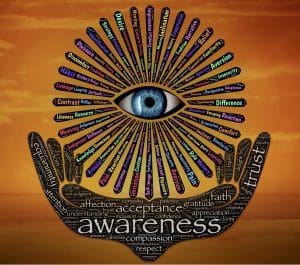Motivation is a crucial factor in achieving success, both personally and professionally. Without motivation, it becomes difficult to get things done or reach desired goals. The art of motivation goes beyond just pushing oneself, but also involves understanding others and their needs. In this article, we will dive deep into the art of motivation, exploring the different theories and techniques that can help us stay motivated and inspire others.
Understanding Human Motivation
Motivation is defined as the driving force that compels us to act or behave in a certain way. Understanding human motivation is critical in achieving success, as it helps us identify what drives people to take action. The two main types of motivation are intrinsic and extrinsic. Intrinsic motivation comes from within, where a person is driven by personal satisfaction, enjoyment, or a sense of accomplishment. Extrinsic motivation, on the other hand, comes from external sources such as rewards, recognition, or a fear of punishment.
Theories of Motivation: A Comprehensive Overview
There are several theories of motivation that explain why people behave in certain ways. Some of the most notable ones include Maslow’s Hierarchy of Needs, Herzberg’s Two-Factor Theory, and Expectancy Theory. Maslow’s Hierarchy of Needs suggests that people are motivated by a set of needs that are hierarchical in nature. Herzberg’s Two-Factor Theory divides motivation into two categories – hygiene factors and motivators. Expectancy Theory suggests that motivation is based on an individual’s perception of the outcome of their actions.
The Role of Intrinsic Motivation in Accomplishment
Intrinsic motivation is the key to personal accomplishment. When a person is intrinsically motivated, they are driven by their own internal desires and goals. This type of motivation can lead to better performance, creativity, and a sense of fulfilment. Intrinsic motivation is often linked to a person’s interests, passions, and personal goals. Therefore, finding ways to tap into these intrinsic motivators can help an individual achieve their desired outcomes.
The Power of Extrinsic Motivation in Performance
Extrinsic motivation is often used to drive behavior in organizations. This type of motivation is based on external rewards such as bonuses, promotions, or recognition. While extrinsic motivation can be effective in driving performance, it can also lead to an over-reliance on external rewards. Therefore, it is important to strike a balance between intrinsic and extrinsic motivation to ensure long-term success.
The Art of Self-Motivation: Techniques and Tips
Self-motivation is one of the most important skills that a person can develop. It involves setting goals, creating a plan, and taking action towards achieving those goals. Some effective techniques for self-motivation include breaking down tasks into smaller, more manageable steps, creating a visual representation of desired outcomes, and celebrating small wins along the way.
Motivating Others: Leadership Strategies and Best Practices
Motivating others is a critical component of effective leadership. Leaders must understand what motivates their team members and create an environment that fosters motivation. Communication, recognition, and setting goals are just a few strategies that can help leaders inspire and motivate their teams. It is important to note that different people may be motivated by different things, so it is important to take a personalised approach.
Overcoming Obstacles: How to Stay Motivated When Times Get Tough
Staying motivated during challenging times can be difficult. However, it is important to remember that obstacles are a normal part of the journey towards success. Some strategies for overcoming obstacles include staying focused on goals, finding inspiration from others who have overcome similar challenges, and practicing self-care. It is also important to stay positive and maintain a growth mindset, recognizing that challenges can provide opportunities for learning and growth.
In conclusion, the art of motivation is critical in achieving success, both personally and professionally. Understanding human motivation, the different types of motivation, and the various theories that explain why people behave in certain ways can help us stay motivated and inspire others. By developing self-motivation skills and effective leadership strategies, we can create an environment that fosters motivation and drives us towards success.












